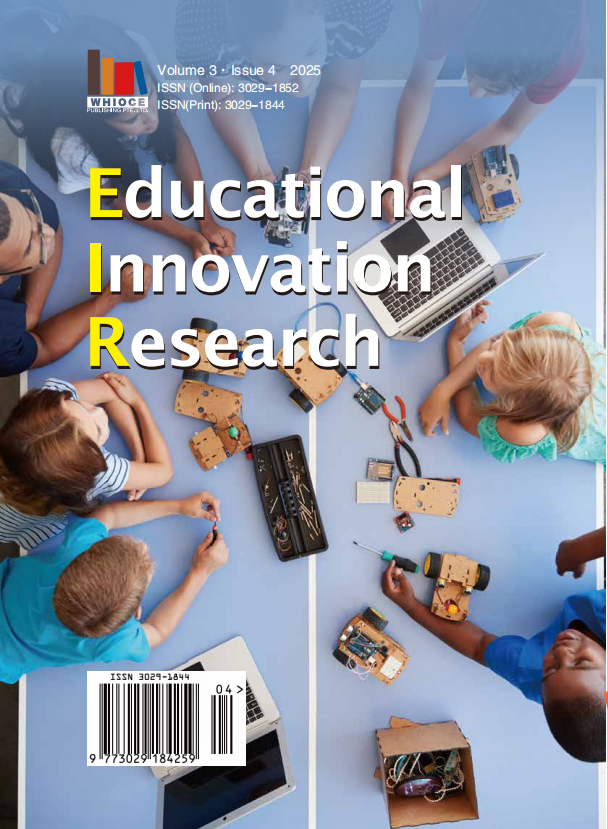Research on the Innovative Path of the “Art Appreciation” Course in Colleges and Universities from an Interdisciplinary Perspective
DOI:
https://doi.org/10.18063/eir.v3i4.996Keywords:
Interdisciplinary perspective, Colleges and universities, Art Appreciation, Curriculum innovationAbstract
In response to issues such as the limited scope of teaching content and the lack of professional coherence in the "Art Appreciation" course within colleges and universities, this paper explores an interdisciplinary approach to course innovation. The objective is to enhance students' overall competence and advance the reform and development of art education in higher education institutions. Drawing on actual teaching practices, this study proposes strategies for the organic integration of disciplinary elements—such as digital technology, folk culture, and communication—into art appreciation courses. For example, virtual reality (VR) and artificial intelligence (AI) are employed to enrich the teaching of art history and support the modernization of traditional crafts. Through the implementation of interdisciplinary teaching models, student engagement in art appreciation courses has improved, enabling them to apply acquired knowledge to practical creative outputs. By synthesizing insights from multiple disciplines, this approach broadens students’ perspectives and contributes to the comprehensive advancement of art education in higher education.
References
Xu Junhui. Research on the Reform of Art Appreciation Teaching Design in Colleges and Universities [J]. Art Literature,2024,(10):106-108.
Lu Lin. Research on Teaching Strategies of Integrating Red Classic Works into College Art Appreciation Courses [J] Times Report (Benliu),2024,(07):112-114.
Sang Jingmin. Thoughts and Suggestions on Art Appreciation Teaching in Colleges and Universities [J]. New Art Domain,2024,(03):142-144.
Yi Weidong. Problems and Improvement Strategies of Art Appreciation Courses in Colleges and Universities [J]. Journal of Shandong University of Art & Design,2022,(06):63-66.

